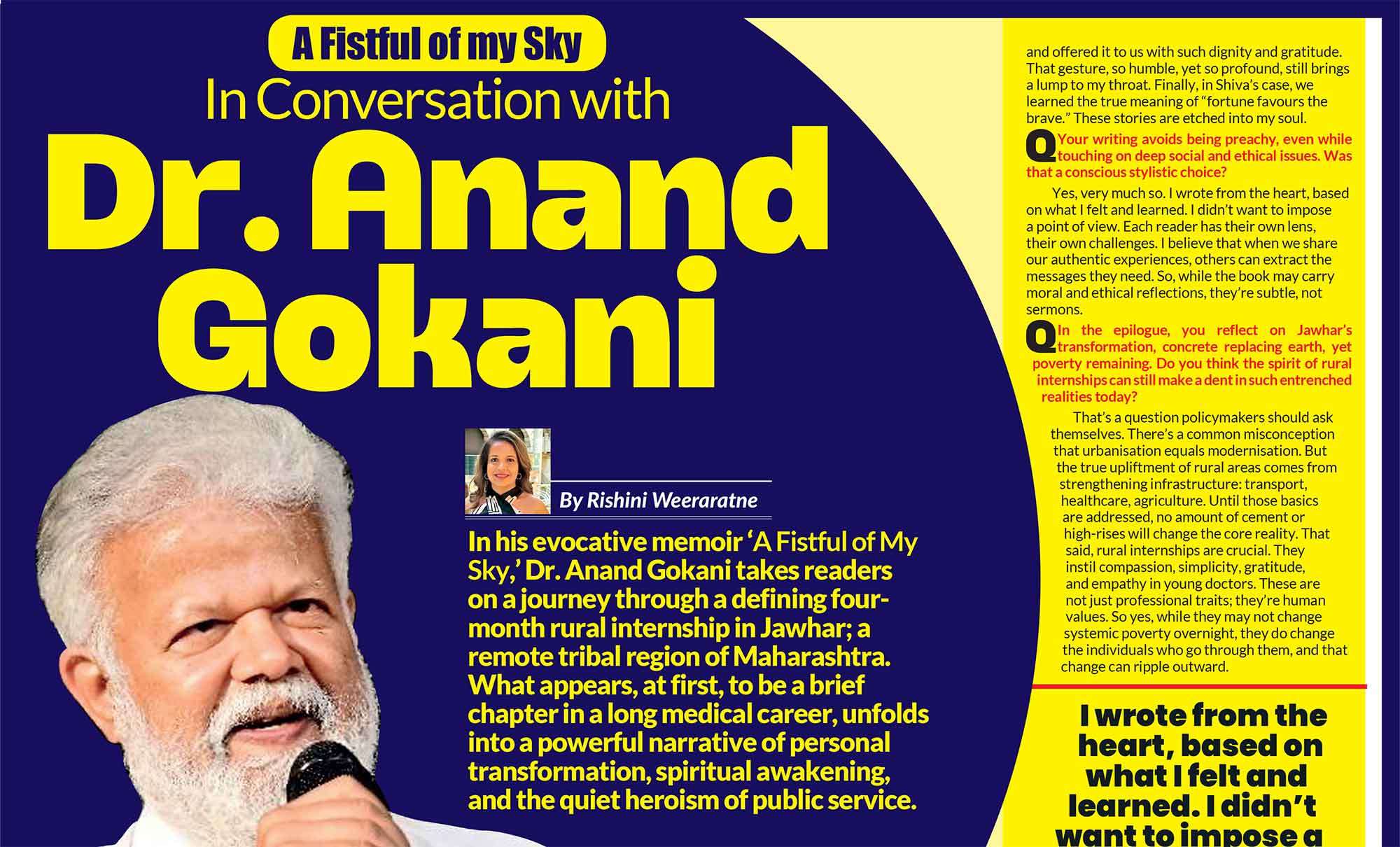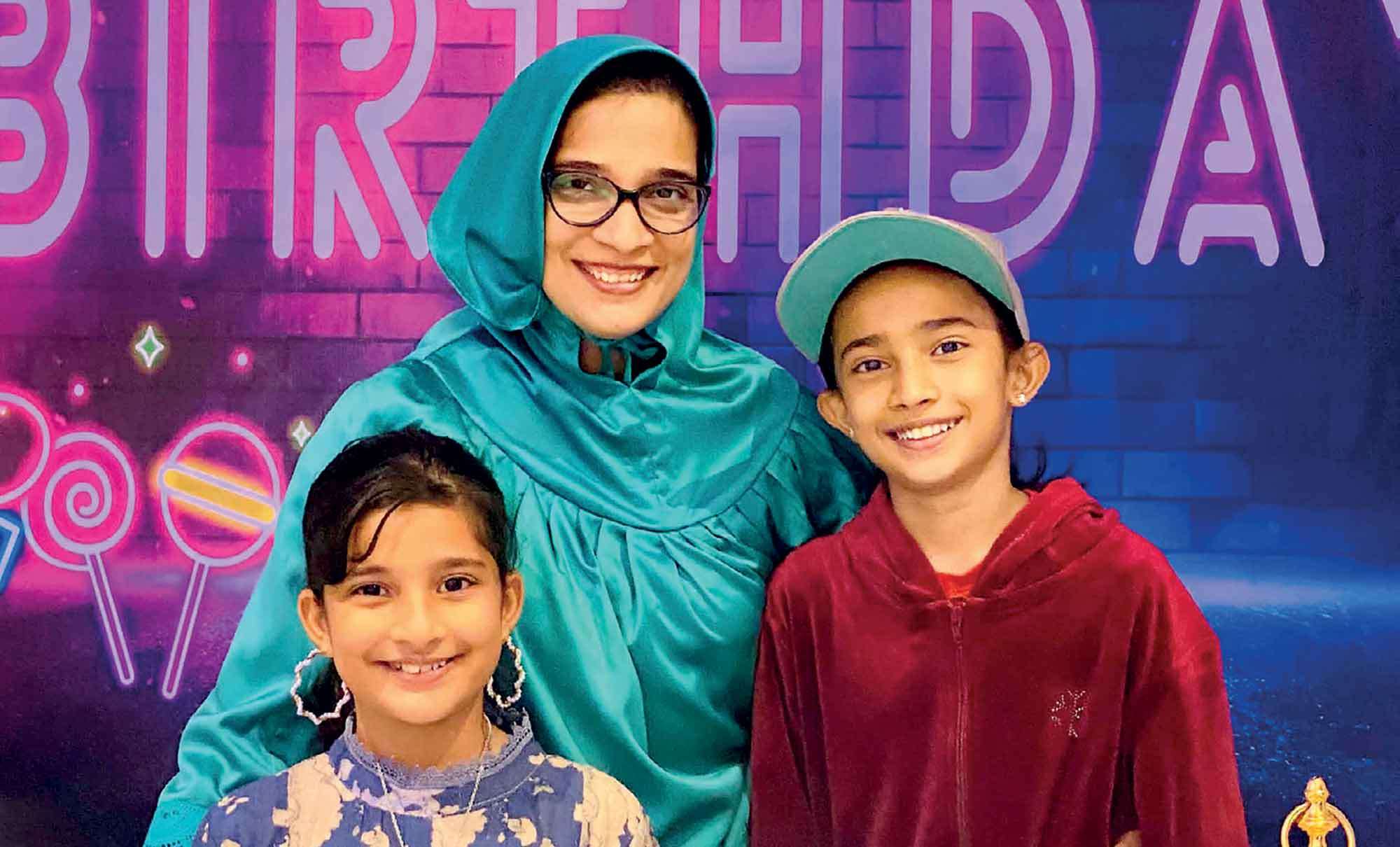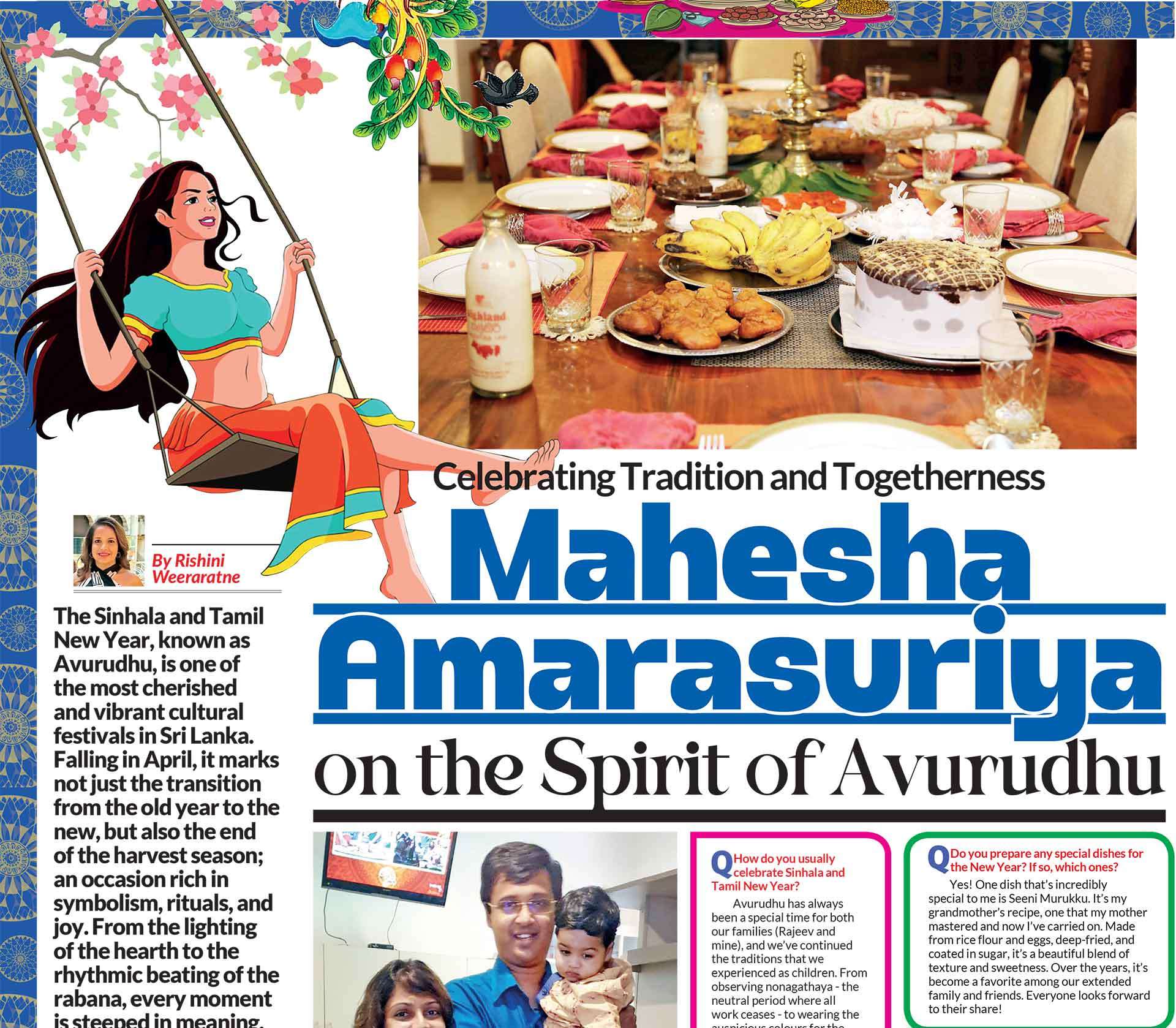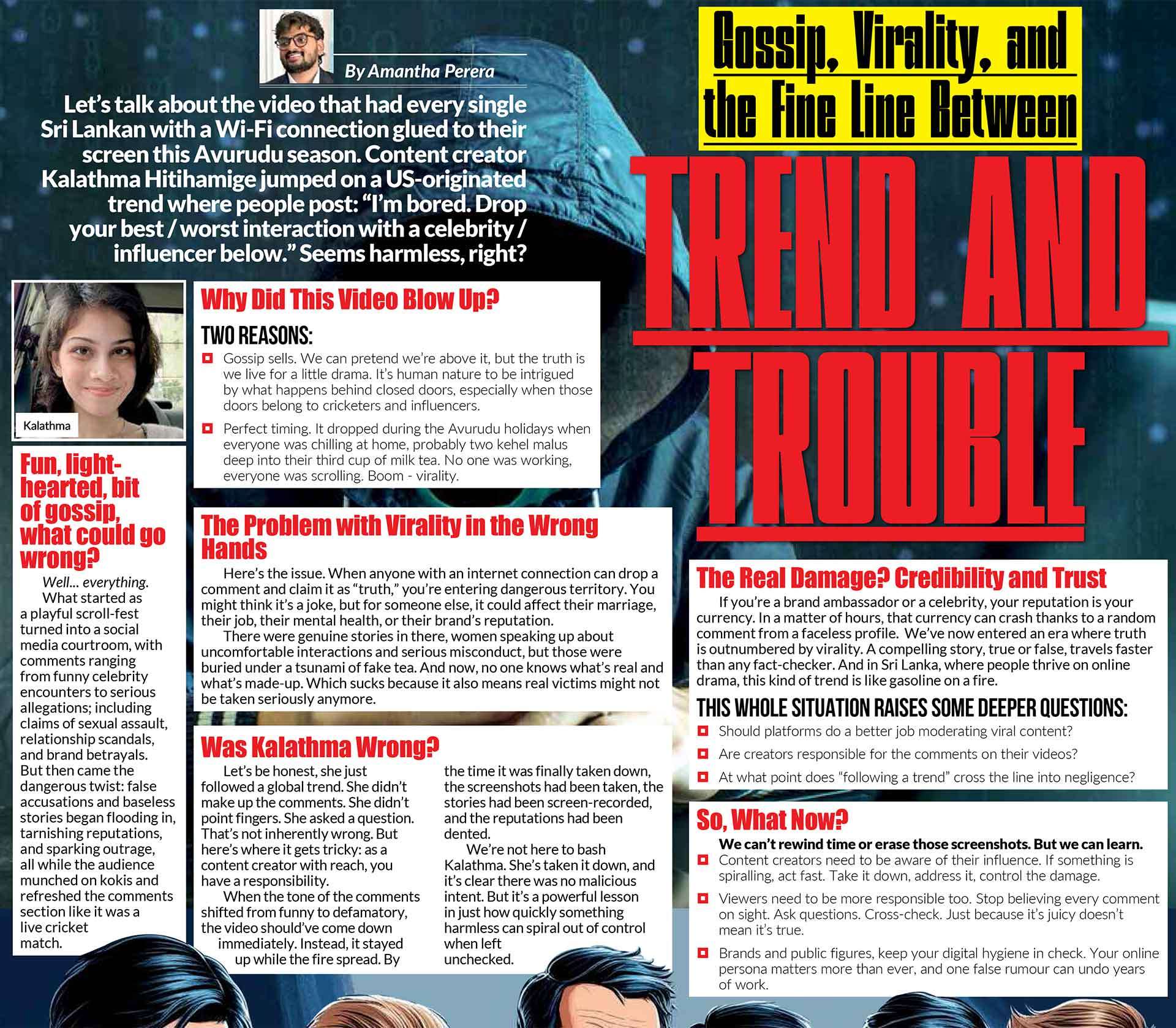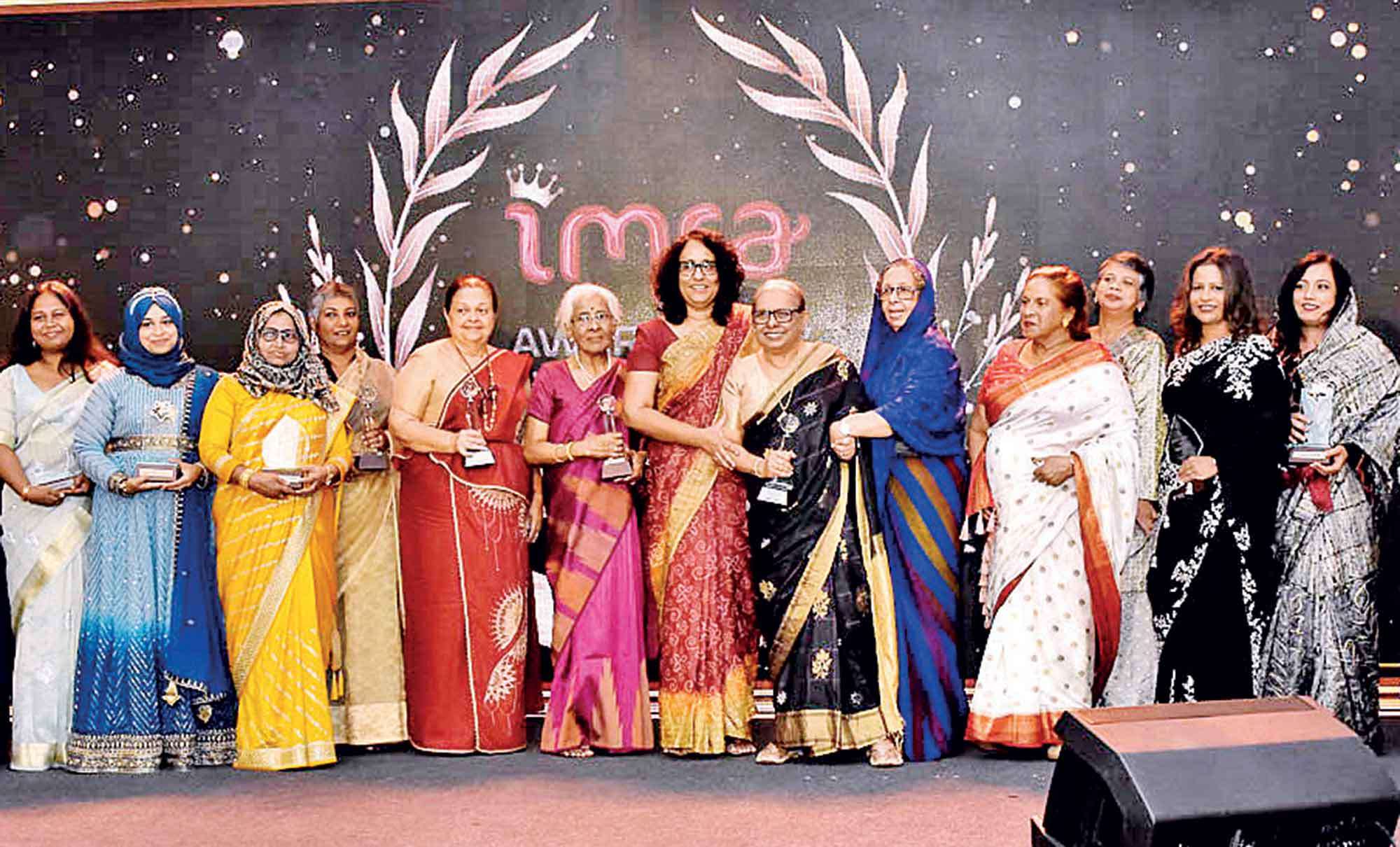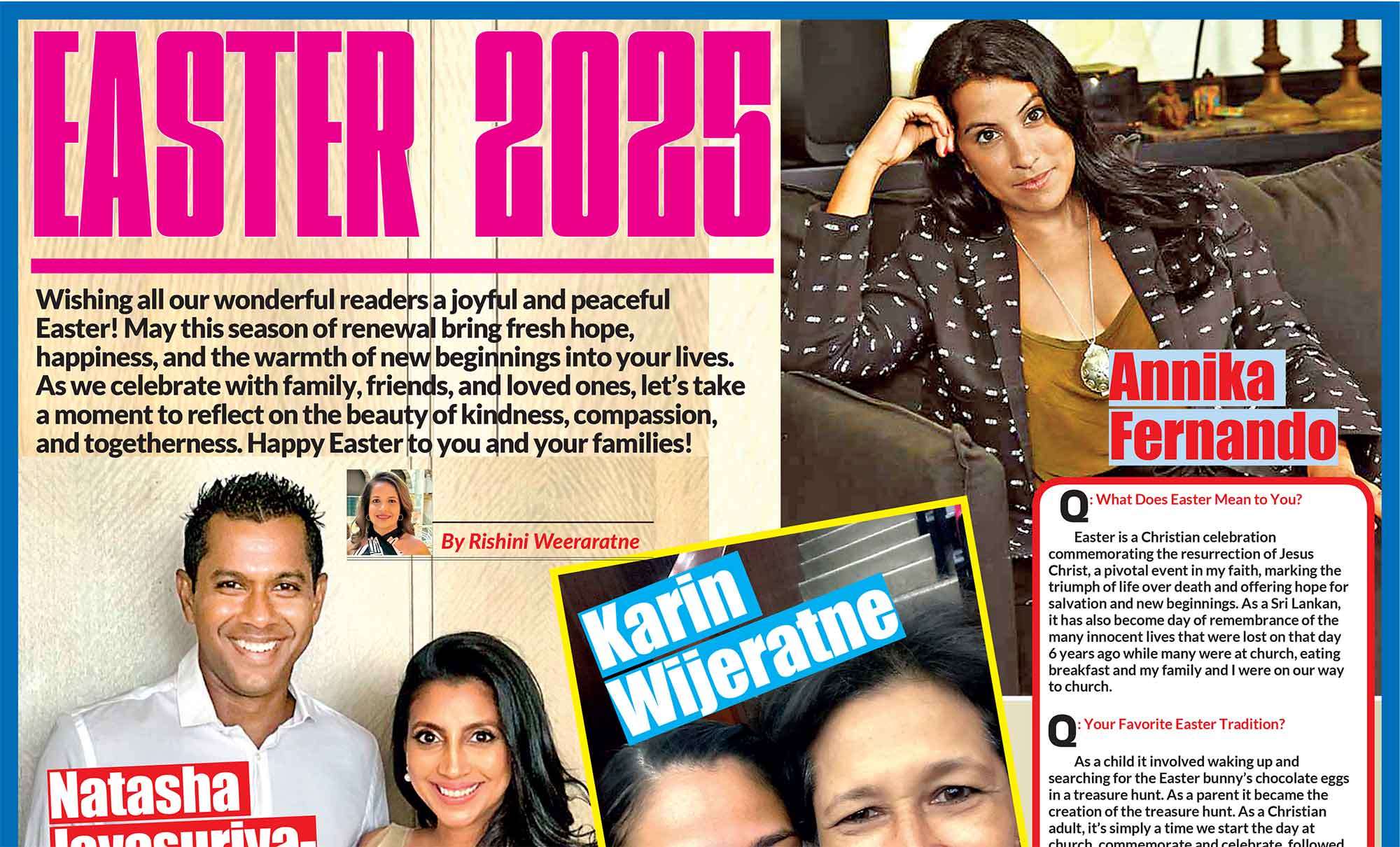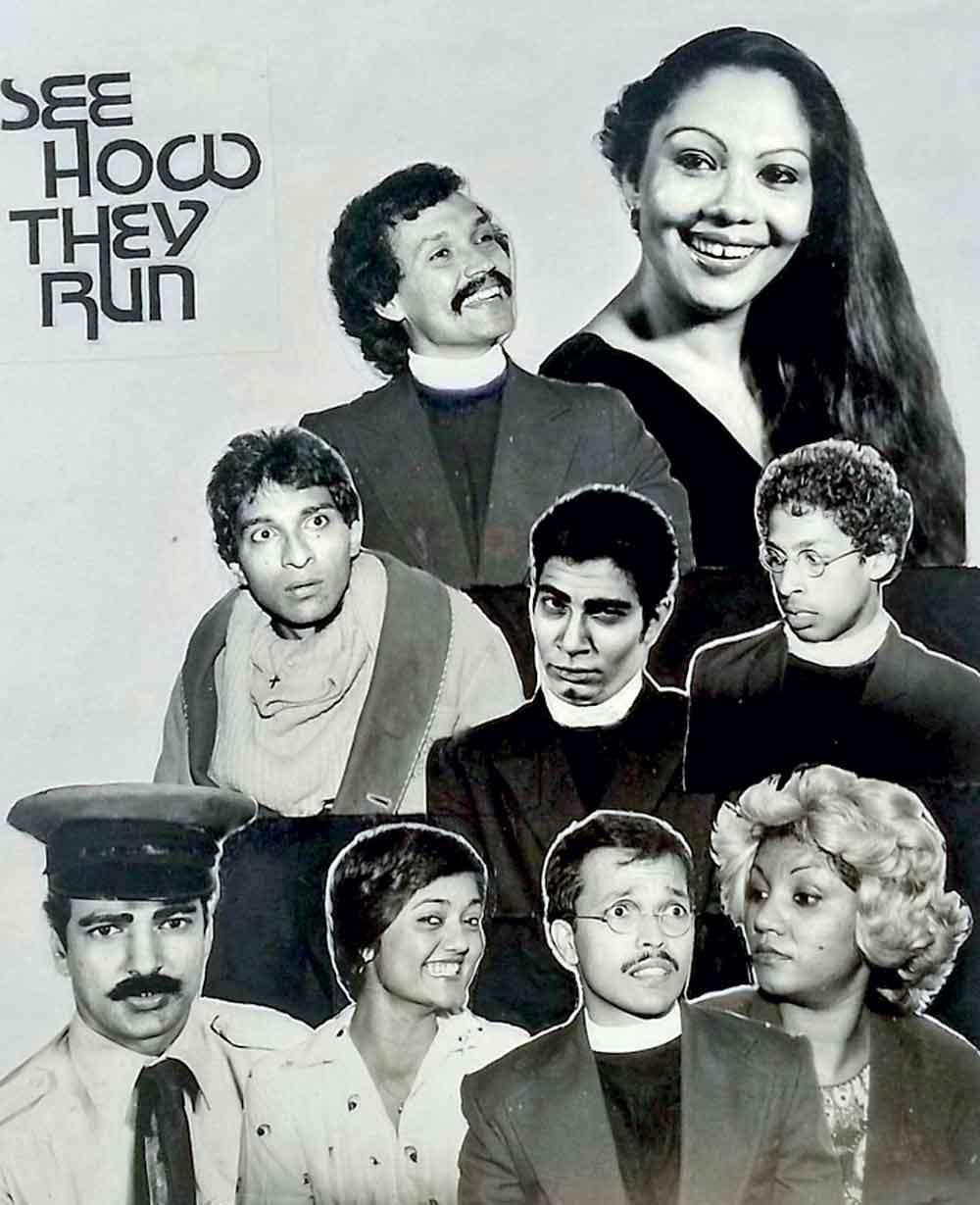
The Cast of the Play
They say that it is when someone is completely rudderless and alone that their search to find themselves truly begins. A sudden lack of something to do invariably propels a person to search for new interests making them redevelop a desire that has remained dormant or even supressed within them for years. It is at times like this that self-discovery and reinvention takes place from within.
 One night in early 1981, a group of us were having a chat by the gate outside the house that Graham Hatch and Michelle Leembruggen were living at. This little house they were renting was akin to a second home to us. During the late seventies and early eighties, this was where many of us who were actively involved in Colombo’s ‘English’ theatre circle, gathered at. Richard de Zoysa and I, along with the two of them were having a good laugh and chatting as usual, when we heard a motorcycle speeding towards us with great ferocity. We instinctively knew who it was. The speed and the recklessness in the manner that the bike was being ridden seemed remarkably familiar. Steve de la Zilwa brought his Kawasaki to a screeching halt in front of us and joined the group. As always, he was grinning from ear to ear.
One night in early 1981, a group of us were having a chat by the gate outside the house that Graham Hatch and Michelle Leembruggen were living at. This little house they were renting was akin to a second home to us. During the late seventies and early eighties, this was where many of us who were actively involved in Colombo’s ‘English’ theatre circle, gathered at. Richard de Zoysa and I, along with the two of them were having a good laugh and chatting as usual, when we heard a motorcycle speeding towards us with great ferocity. We instinctively knew who it was. The speed and the recklessness in the manner that the bike was being ridden seemed remarkably familiar. Steve de la Zilwa brought his Kawasaki to a screeching halt in front of us and joined the group. As always, he was grinning from ear to ear.
This was a time at which Steve had reached a very unusual juncture in his life. Some of his closest friends had left the country and he found himself at a loose end with time to spare, nothing to do and no one to hold him back.
The conversation we were having resumed in its usual giddy fashion. These chit-chats were always about plays that we intended to do or about parts that we would give our eyeteeth to play. The most plausible proposals often came to fruition but some projects that were close to our hearts never really bore fruit. Graham always looked at plays that would give him an opportunity to use his skills as a designer of costumes and sets. He was also intent on identifying parts that were particularly suitable for Michelle’s talents. Richard was interested in plays that had roles in which he would excel. At this stage in his life, he was focussing on examining Shakespeare’s plays with the intention of re-imagining them in a modern context and directing productions that brought out the talents of the many young actors he was training and tutoring. Unbeknown to us, Steve was grappling with a desire to direct plays too. He had a specific interest in comedy and farce even from the time he was a student. His performances as Cornelius Hackl in ‘The Matchmaker,’ Lomov in Chekov’s ‘The Proposal,’ Victor Prynne in Noel Coward’s ‘Private Lives’ and Freddy Eynsford-Hill in ‘My Fair Lady’ had already honed his ability as a fine comic actor. He was one of the few members in our group who could sing, he also had a very sharp eye at identifying great scripts. At a time when people were less able to fly off to the UK or USA to see plays, order scripts from Amazon or see performances online, our only access to scripts was to borrow them from the British Council or the USIS library. It was due to Steve’s constant search for relevant scripts that would suit the appetite of Colombo audiences that several plays were discovered and ended up being staged at the Lionel Wendt. The script of Peter Shaffer’s Equus was one that he found.
Situation comedies such as this are not easy to perform, and this is where Steve’s expertise played its hand effortlessly
Sometime during the conversation that evening, Steve with his customary shyness revealed that he would like to try his hand at directing a play. Without a moment of hesitation both Graham and Michelle said, “You definitely should, and we’ll do whatever we can to help you.”
 |
| Diane Terrio in Costume |
This led to Steve taking his first tentative steps at directing a comedy called ‘See How They Run’ by Philip King. This was yet another script that he had managed to dig up from the recesses of the British Council library.
The encouragement Steve received that evening was just the push he needed to start making plans to direct his first play. He had already thought of whom he wanted in each of the roles and all he had to do was to book the dates at the Lionel Wendt and find a sponsor. Once this was all in place the rehearsals began.
The cast included Michelle Leembruggen, Graham Hatch, Tony Singarayar, Richard de Zoysa, Nirmali Hettiarachchi, Diane Terrio, Suresh Thambipillai, Steve, and me.
The play is one of those laugh-a-minute comedies set in an English country vicarage during wartime. The action of the play revolves around the capers of a couple of zany clerics and one sober one, a spinster with the tendency to poke her nose into everybody’s business and gossip about it, a man-hungry maid, and two delightful people who have been friends since taking part in plays when they were younger. The play is full of action from the start. As soon as the scene is set and the main characters are established, chaos ensues culminating in a cycle of running figures and mistaken identities which provide plenty of opportunity for knock-about comedy.
Situation comedies such as this are not easy to perform, and this is where Steve’s expertise played its hand effortlessly.
Shelagh Goonewardene’s review that followed the successful production explains Steve’s achievement clearly. “The slickness and sophistication of the play were commendable. The entirely predictable antics which can be expected to occur, could have fallen flat, or become positively tedious if the characters had not been effectively realised and the slapstick efficiently performed. There was no doubt that all the players were of a high and even standard so that they were able to extract the maximum quantity of laughs from the audience”.
‘See How They Run’ was a resounding success. The show had full houses all through its 10-day run except for one night. On that one-night attendance was notably low due to the wedding of Prince Charles to Diana Spencer. This royal event attracted everyone and their neighbour to watch this spectacle on their new TV sets at home. Even hell had not witnessed such fury as Steve on that night!
My character only made his appearance in the final scene of this three-act play. This gave me plenty of time to observe the weird and wonderfully quirky incidents that took place during the rehearsals, which as anyone who has ever participated in a play would admit, is the best time of the entire creative process.
Michelle was playing the part of a fading actress who really could not sing. She was constantly practicing her scales where she hits a flat note at the very end, and it was essential that all of this happened off stage before the audience saw her. Listening to Michelle singing flat was a nerve-wracking experience especially since everyone knew her for her wonderful singing voice. At the end of several rehearsals the entire cast reacted to the horrid sounds that came out of her as if we were listening to a real life Cacofonix, but the audience absolutely loved it.
Richard who played a small part as the intruder, was talking to everyone around him in what was meant to be a German accent.
Graham who designed the costumes was tearing his hair out trying to make Diane Terrio understand that her role was of a mere cockney maid, and not a starlet! Yet Diane who was dating a US marine at that time flatly refused to look drab and insisted on wearing gold stiletto heels in her attempt to always look glamorous! This issue took a great deal of tactful diplomacy to reach an agreeable conclusion.
Richard who played a small part as the intruder, was talking to everyone around him in what was meant to be a German accent
Whilst I was completely absorbed in finding suitable props that would add complexity to the simple-minded vicar that I was portraying. Suresh Thambipillai, who played the part of a bishop decided that he will add a visible physical abnormality to enhance the characterisation of his role. He decided that the bishop he was portraying had hydrocele. He found an oversized pair of underpants and stuffed them with various bits of padding so that it bulged noticeably. As the script required, the bishop had to jump over a settee in pursuit of the intruder after being disturbed whilst he was having a rest. At the start of our daily rehearsals Michelle and I would have to watch Suresh practice jumping over the settee at which point he used to part his dressing gown tactfully to give the audience an eyeful of his ‘ailment.’ His obsession for details such as this was what endeared him to all of us. ‘Did you see them?’ ‘Should I make it bigger?’ These were some of the questions that he would earnestly ask any one of us watching him practice his vault over the settee. We were invariably in hysterics at every rehearsal.
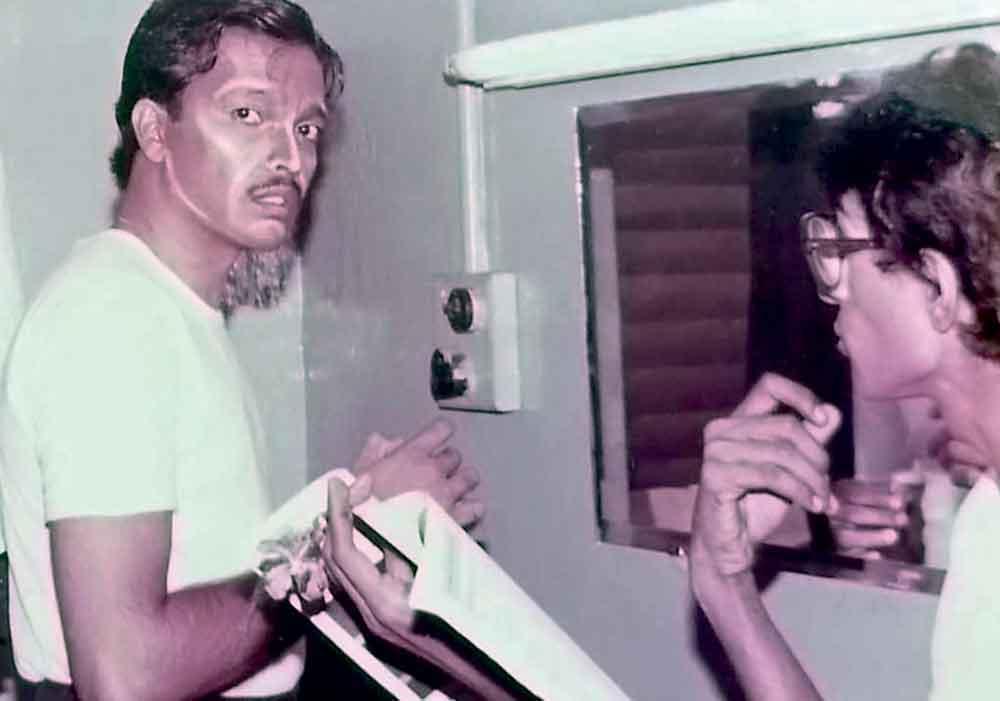
Tony Singarayar and Suresh Thamipillai in the Dressing Room
Another crucial element of the success of this play was Steve’s attention to the set. He was fastidious about every detail and went to great lengths to make the decor look superb. One critic wrote ‘the other plus point of this production was the excellent set, nothing is more heartening to the actors than a set which is authentic, detailed and gives scope for credible performances. The director must be congratulated on the considerable pains he has taken to assemble a set which was both pleasing and accurate in serving the intentions of the play.’ This meticulous ‘attention to detail’ has now become a hallmark of any production that Steve has a hand in. It certainly sets him apart from the decided slackness in the approach to stage sets and props by his contemporaries.
To my mind, See How They Run was the play that sparked off the immense creativity that had remained dormant within Steve for years. From that simple yet joyful beginning forty-four years ago, he has gone on to direct a plethora of plays that have given our audiences some of the most thought provoking and exciting experiences they have ever witnessed. Let us hope that his passion to create continues untrammelled for years to come.

